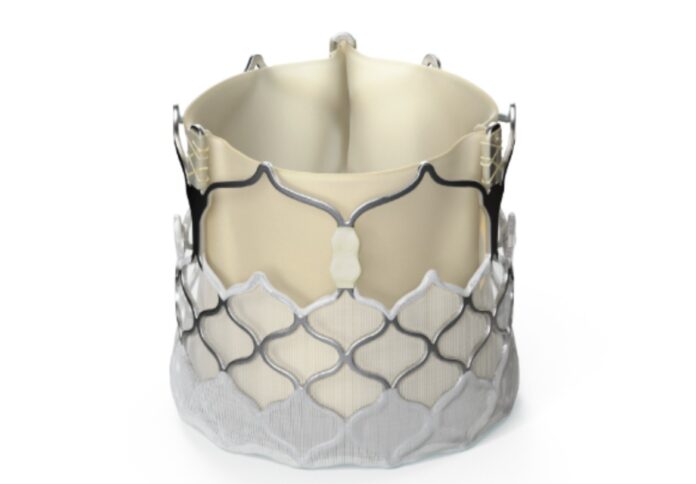
ASX-listed biotechnology company Anteris Technologies has announced the successful use of its DurAVR THV biomimetic valve in a valve-in-valve (ViV) procedure.
Conducted as part of Health Canada’s Special Access Program, the ViV procedure used Anteris’ DurAVR THV, a world-first balloon-expandable single-piece transcatheter heart valve, on a patient with a failing valve that needed optimal hemodynamic results, as well as a short frame height.
A ViV procedure is conducted on patients with a life-threatening situation wherein their current bioprosthetic aortic valve is failing due to calcification or structural deterioration, and a new heart valve must be implanted inside the failing valve.
Canada’s SAP was created to provide life-saving technology not currently available for commercial use in Canada when there are no other commercially available alternatives suitable.
Dr Anita Asgar, co-director of the Structural Heart Program at the Institut de Cardiologie d Montreal (Montreal, Canada), performed the procedure on an 84-year-old male patient, successfully implanting a DurAVR THV inside the failed surgical aortic valve replacement.
“The DurAVR THV provided a life-saving solution for a patient requiring a new valve to be implanted without compromising hemodynamic performance or future coronary access,” Asgar said.
“Additionally, despite this being an incredibly complex case, using Anteris’ ComASUR delivery system and deploying the valve was remarkably easy. The unique design of DurAVR, including the low frame height and the single-piece design, makes the valve well-suited to address the needs of valve-in-valve patients.”
Chris Meduri, CMO of Anteris Technologies, said the successful procedure validates the company’s extensive pre-clinical experience in native aortic stenosis.
“This signals the viability of a purpose-built valve designed to achieve life-saving outcomes in a patient population currently treated with tradeoffs in mind. Eliminating that compromise would be widely beneficial to a rapidly growing population of patients whose current valve is failing,” Meduri said.


















